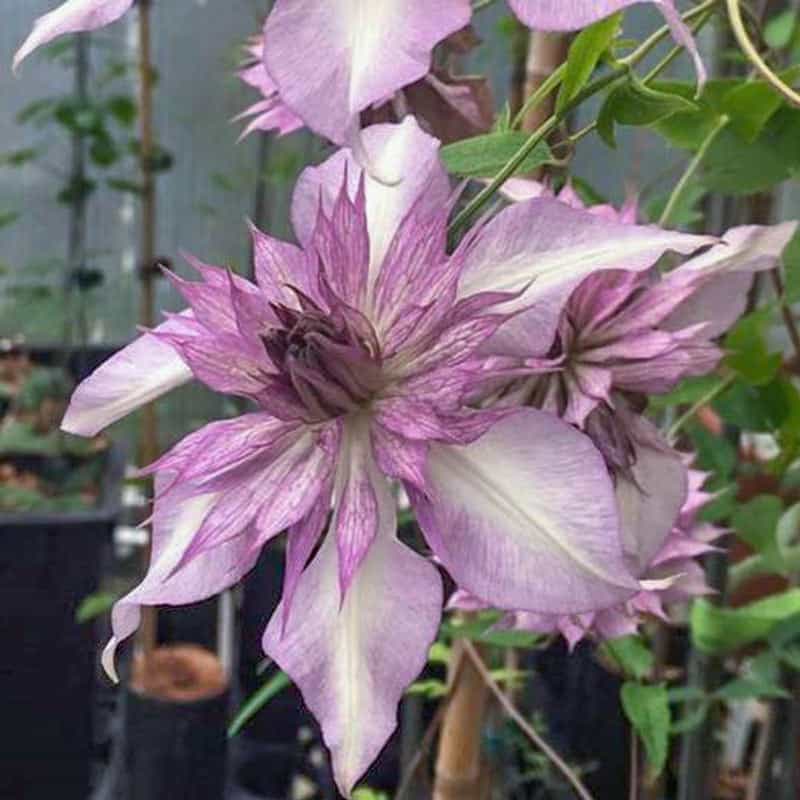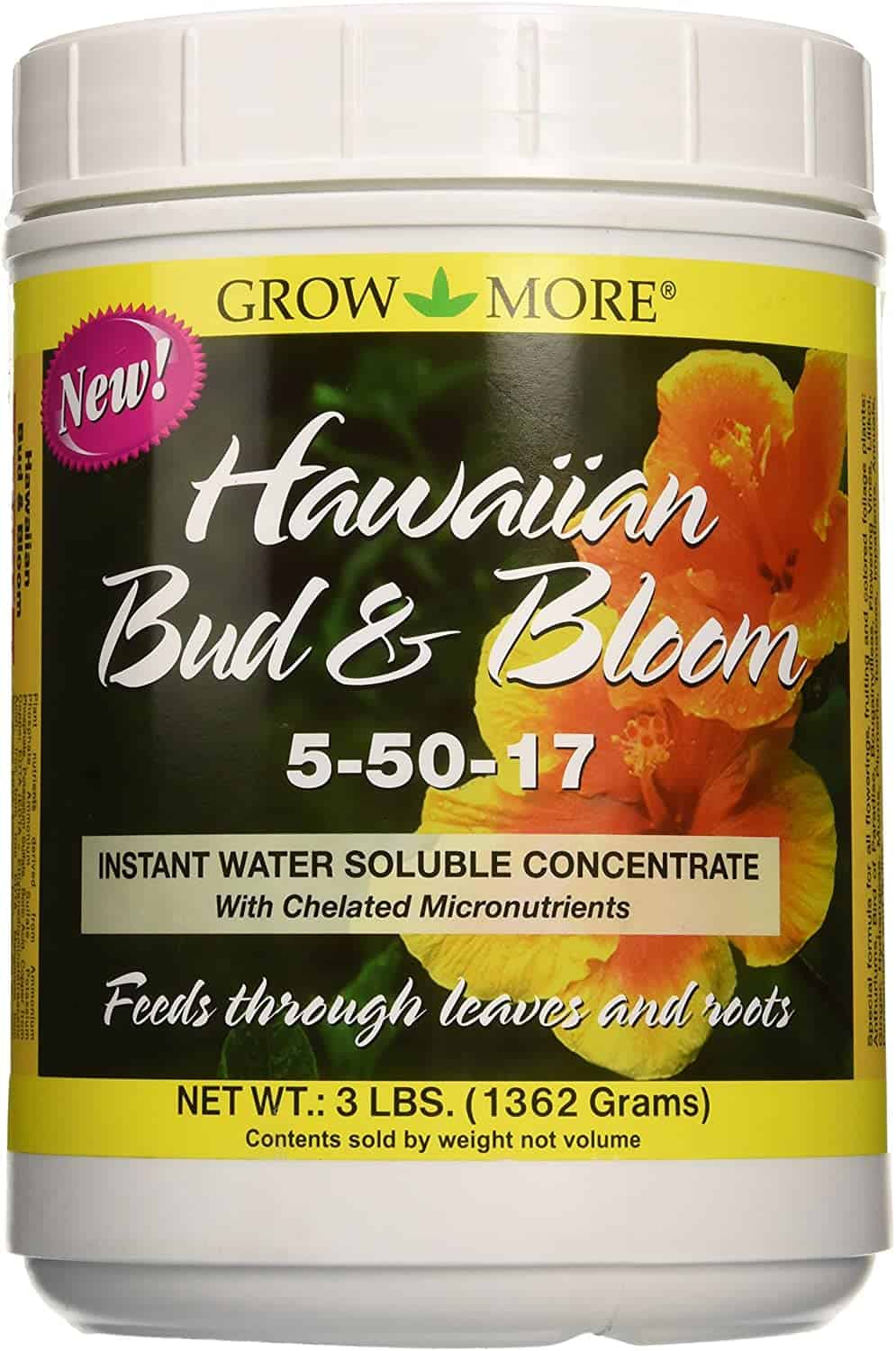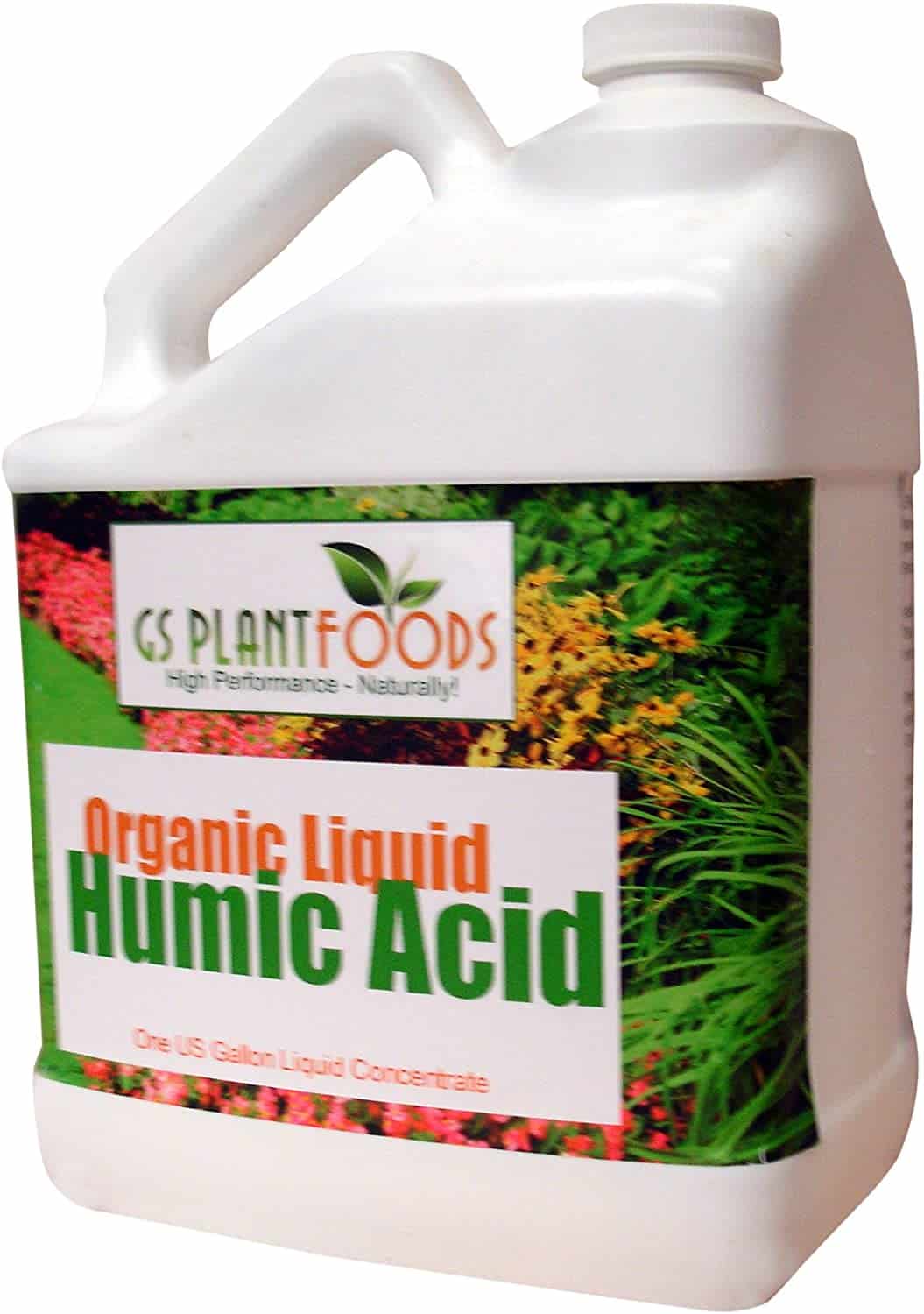
When I first started growing clematis plants and was learning about how to fertilize clematis, I learned about the N-P-K numbers found on plant fertilizer packages. N-P-K is short for Nitrogen, Phosphorus and Potassium. These are the primary components of plant fertilizer, and the numbers are always listed in N-P-K order. For example, the numbers 10-10-10 might be prominently listed on a fertilizer bag.
The fertilizer numbers represent the percentages of each primary nutrient in the fertilizer. A 10-10-10 fertilizer contains 10% nitrogen, 10% phosphorus and 10% potassium.
I learned that these numbers could be interpreted as Up, Down, All Around.
- Up referred to plant foliage
- Down referred to plant roots
- All Around meant plant vigor and strength
As I became experienced in growing clematis, I gained a mentor in Holland named Ton Hannink. Ton is a retired clematis expert who now devotes his time to clematis breeding and collecting.
Way before the “blossom booster” fertilizer formulas were popular, I learned from Ton that the best way to impact a plant’s flowering is with phosphorus. The amount of phosphorus should be higher than the nitrogen or the potassium. For example, the numbers on a bag or package with a high phosphorus content might be 10-20-10. The middle number needs to be higher.

Tips on how to fertilize clematis
The cardinal rule for clematis is to avoid high-nitrogen fertilizers. These promote foliage growth, and you do not want a foliage-heavy plant with few blooms.
Potassium can be an interesting with problem clematis. Boosting potassium can bring a “shy-to-flower” clematis into bloom. I prefer to do this by adding humic acid to a 10-30-20 fertilizer. However, there are now formulas that have a K content that is higher than the nitrogen—but phosphorus is still the largest number in the ratio. (For example, 10-20-15.)
Clematis are adaptable and resourceful plants and a few applications of 10-30-20 per growing season will meet most needs. Clematis also can grow well in a wide range of soil pH values, but a more acidic soil or planting medium can enhance flower color that seems flat or not vibrant.
Fertilizers for clematis
My lessons in how to fertilize clematis taught me that, for best flowering, clematis thrive on 10-30-20. These are good fertilizers for clematis:
Jack’s Classic Blossom Booster Fertilizer

Peters Professional Bloom Booster

Grow More Hawaiian Bud and Bloom

GS Plant Foods Organic Liquid Humic Acid

As an Amazon Associate, Home Garden and Homestead earns a commission from qualifying purchases on Amazon.com. Thanks for your support!
For more tips about how to grow flowering clematis, read Debunking Clematis Myths.



Deborah, is it possible for a garden club to come view your clematis? I would be interested in arranging something if yes.
Hi there! Yes, scheduling now for June 2024, also depends on number of attendees , number of cars, etc. For more info, email me at Deborah.hardiwck @iCloud.com
Thank you for this information!
A local nursery where I recently purchased a clematis advised me to plant the clematis deep… she indicated a point about 4 to 5 inches on the stem of the clematis above the soil in the pot. Do you have any advice regarding how deep to plant a clematis? We have clay soil.
Thank you
Patricia–
Many clematis varieties benefit from deeper planting so that the internode above the existing (potted) soil level is also buried. This allows for more stems to be produced as the plant makes additional crowns. It gives the plant protection and will help create a larger, bushier plant that flowers lower as well as higher.
Your Clematis will do better in amended clay soil vs straight clay. The roots like a friable medium they can move through and grow easily in!
A Clematis plant with thick fleshy roots should be planted deeper than the potted depth on purchase. Cover the node that is above the soil line when purchased. This can be 2 to 5 inches on most fleshy rooted Clematis. hope this helps.
Deborahm Hardwick
What a helpful post! It’s the the most straightforward and informative I’ve come across, and I especially appreciate the links you provided to the specific fertilizers you recommend. I’m a clematis newbie, and have been looking for information about how to provide better care for the clematis jackmanii we inherited from the previous owners of our house. This spring they’ve come up looking very sparse with chlorotic leaves on the lowest part of each plant. As others have suggested, I gave them some epsom salts, and also some seaweed extract (Sea Magic). I picked up some Jack’s Blossom Booster that you recommend as well, and hopefully we’ll see these beauties perk up, fill out, and put on a happy show as a result of all this TLC. Thanks again!
I am just starting clematis for the second year in a row. Will the stem thicken up as it gets older or will it take a lot of fertilizing?
Cynthia–
Yes, the stem will grow thicker as the plant grows older. But keep in mind that clematis is a vining plant, so it always benefits from having a trellis to grow on to support the flowering vines.
Stem thickness can change as a Clematis plant is well cared for and planted outside and matures. However stem thickness is often just genetic with certain varieties being thinner stemmed and some being thicker stemmed. I hope this helps.